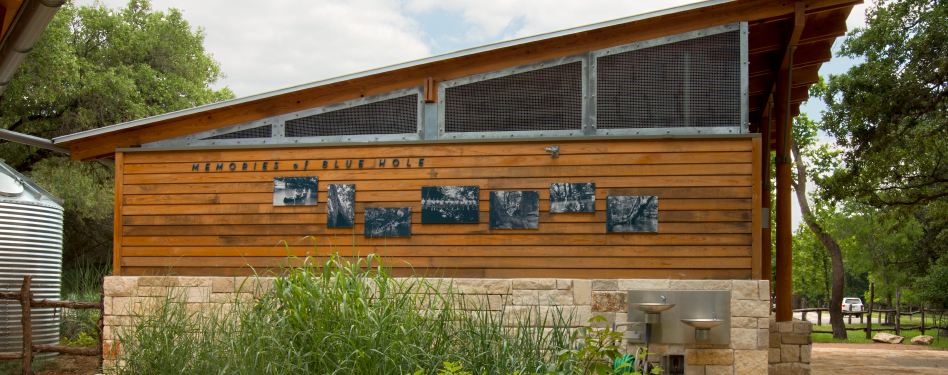
How do we build a more resilient future?
The past few years have revealed just how vulnerable our spaces, communities and cities are to the ravages of extreme weather. Warming temperatures, air pollution, weather events and other climate-related hazards pose grave risks to our social, economic and environmental systems.
According to the Internal Displacement Monitoring Center, more than 30 million people globally were displaced in 2020 due to weather-related disasters like floods, droughts and wildfires. In 2021, the U.S. alone experienced 20 climate disasters, with economic losses exceeding $140 billion.
As climate-related weather events continue to ramp up in frequency and severity, proactive adaptation is necessary to bolster our resilience. A new GBCI report, From Risk to Resilience, provides an introduction to resilience in the built environment and guidance on using green certification programs to advance climate-resilient buildings, landscapes, power systems and communities.
The resource details select credits that promote resilience throughout various programs administered by USGBC and GBCI, including LEED, SITES and PEER.
This resource is also available as intermediate-level education in the USGBC course catalog, eligible for 1 CE credit.
